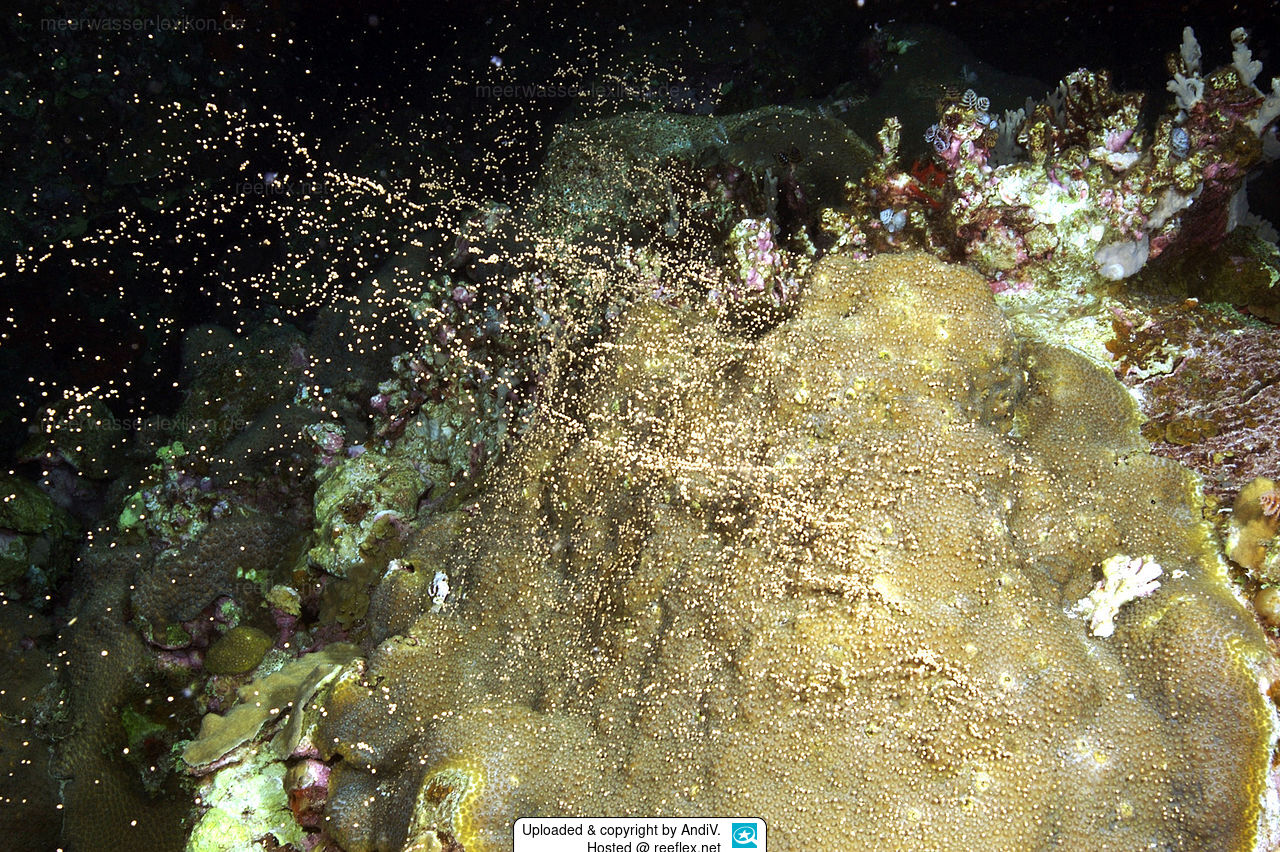Info
Orbicella franksi is a common and is found from 5 - 50 meters and is often the most common coral from 15 - 30 meters in forereef environments.
The major threats to the species are infectious diseases (e.g. plague, yellow band and black band disease) and bleaching and climate change. Other threats include loss of habitat at the recruitment stage due to algal overgrowth and sedimentation, and localized impacts from bioerosion by sponges and other organisms and other diseases.
The coral is threatened and needs to be protected, opportunities for this include:
Research in taxonomy, population, abundance and trends, ecology and habitat status, threats and resilience to threats, restoration efforts; identification, establishment and management of new protected areas; expansion of protected areas; recreation management; and management of diseases, pathogens and parasites. Artificial propagation and techniques such as gamete cryopreservation may become important for maintaining coral biodiversity.
The major threats to the species are infectious diseases (e.g. plague, yellow band and black band disease) and bleaching and climate change. Other threats include loss of habitat at the recruitment stage due to algal overgrowth and sedimentation, and localized impacts from bioerosion by sponges and other organisms and other diseases.
The coral is threatened and needs to be protected, opportunities for this include:
Research in taxonomy, population, abundance and trends, ecology and habitat status, threats and resilience to threats, restoration efforts; identification, establishment and management of new protected areas; expansion of protected areas; recreation management; and management of diseases, pathogens and parasites. Artificial propagation and techniques such as gamete cryopreservation may become important for maintaining coral biodiversity.







 AndiV
AndiV







